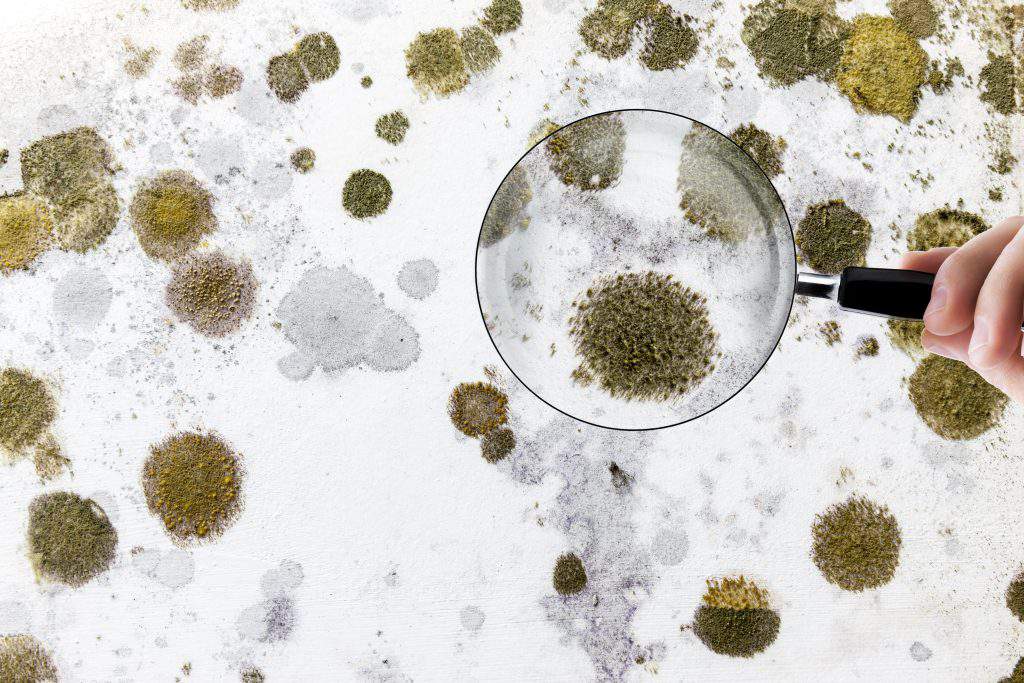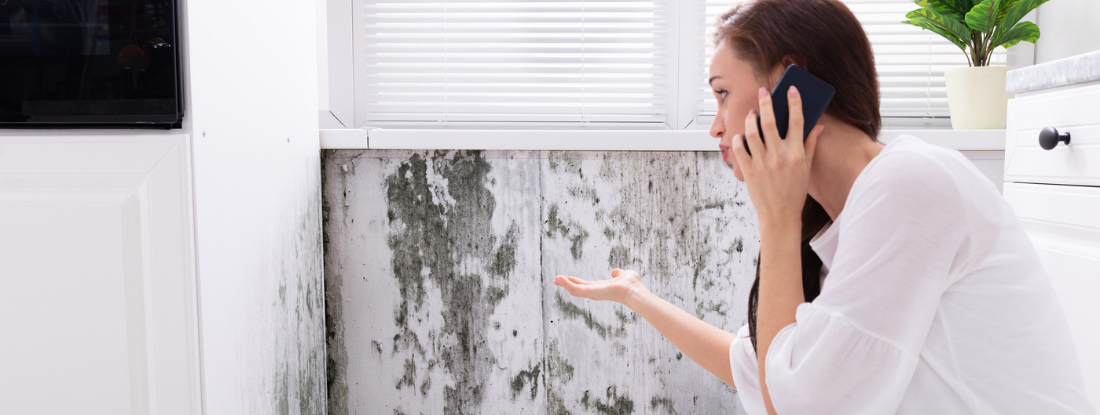Your Ultimate Guide to Message Mold Remediation Methods
In the aftermath of mold and mildew problem, knowing just how to successfully eliminate the mold and mildew and stop its reoccurrence is critical for keeping a healthy and balanced indoor atmosphere. From choosing the appropriate cleaning and disinfecting techniques to applying techniques for long-lasting mold avoidance, each action in the removal journey plays a vital role in ensuring a successful result.
Recognizing Post-Mold Removal Refine
After completing the mold remediation procedure, it is essential to recognize the post-mold remediation methods that are needed to guarantee a reliable and detailed cleanup. When the mold has been gotten rid of, the following action involves cleansing and decontaminating the impacted areas to stop any kind of regrowth of mold and mildew. This includes using specialized cleaning agents to wipe down surface areas and eliminate any continuing to be mold spores. It is necessary to dry the location totally to discourage the growth of mold in the future (Post Remediation verification). Proper air flow and dehumidification can aid in this process.
Additionally, conducting a final inspection post-remediation is essential to ensure that all mold and mildew has actually been efficiently removed. If the assessment exposes any type of sticking around mold and mildew, added remediation might be required.
Reliable Cleansing and Decontaminating Techniques

Stopping Future Mold Development

Importance of Proper Ventilation
Correct ventilation plays an essential duty in preventing wetness accumulation, a key consider mold development within indoor environments. Effective air flow systems aid get rid of excess moisture from the air, lowering the chances of mold spores Post Remediation verification locating the wetness they require to spread and germinate. Without appropriate air flow, indoor spaces can come to be a breeding ground for mold and mildew, resulting in potential health threats and structural damage.
By guaranteeing correct air circulation, ventilation systems can also assist in drying wet locations quicker after water damage or flooding occurrences, additionally preventing mold and mildew growth. Post Mold remediation cleaning. In rooms like shower rooms, kitchens, basements, and attics where wetness levels tend to be greater, installing and keeping effective ventilation systems is crucial in stopping mold invasions

Surveillance and Maintenance Tips
Given the vital duty that proper ventilation plays in avoiding mold growth, it is crucial to develop reliable surveillance and upkeep pointers to ensure the ongoing capability of air flow systems. Tracking humidity levels within the residential property is likewise vital, as high moisture can add to mold and mildew development. By staying proactive and mindful to the problem of ventilation systems, home owners can effectively minimize the threat of mold and mildew regrowth and preserve a healthy indoor environment.
Conclusion
In conclusion, post-mold removal strategies are essential for ensuring a tidy and risk-free environment. Recognizing the process, implementing reliable cleaning and disinfecting methods, protecting against future mold and mildew growth, keeping appropriate ventilation, and routine tracking are all essential actions in the removal process. By adhering to these guidelines, you can effectively remove mold and mildew and stop its return, promoting a healthy living or functioning area for all occupants.
In the results of mold problem, understanding how to successfully eradicate the mold and mildew and prevent its reoccurrence is vital for maintaining a healthy and balanced indoor atmosphere. As soon as the mold has actually been removed, the next action includes cleansing and disinfecting the impacted locations to avoid any kind of regrowth of mold - After mold remediation. After eliminating noticeable mold and mildew growth, it is vital to clean all surfaces in the afflicted location to remove any staying mold and mildew spores. To further enhance mold avoidance procedures, it is crucial to resolve underlying issues that at first led to mold advancement.Provided the essential role that appropriate air flow plays in protecting against mold growth, it is important to establish reliable monitoring and upkeep tips to ensure the continued capability of air flow systems